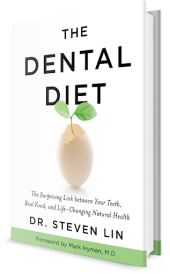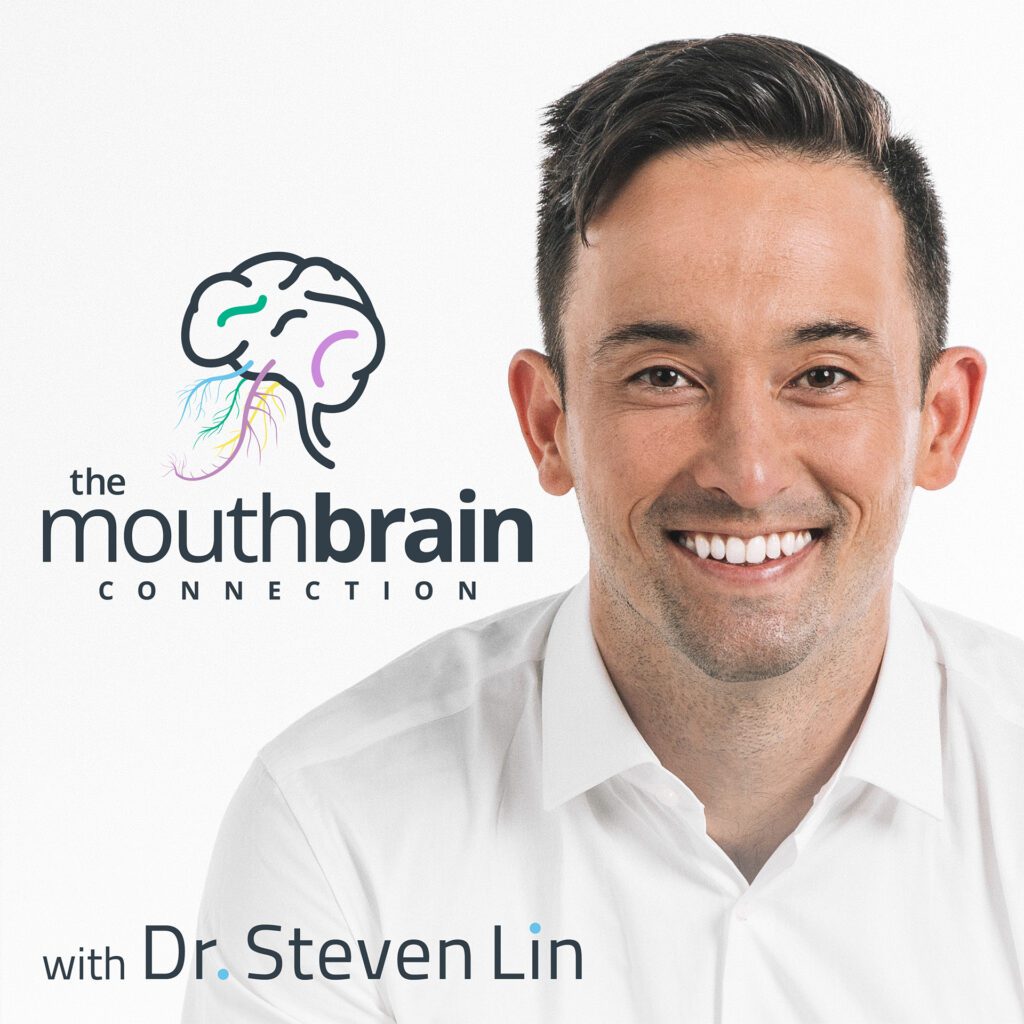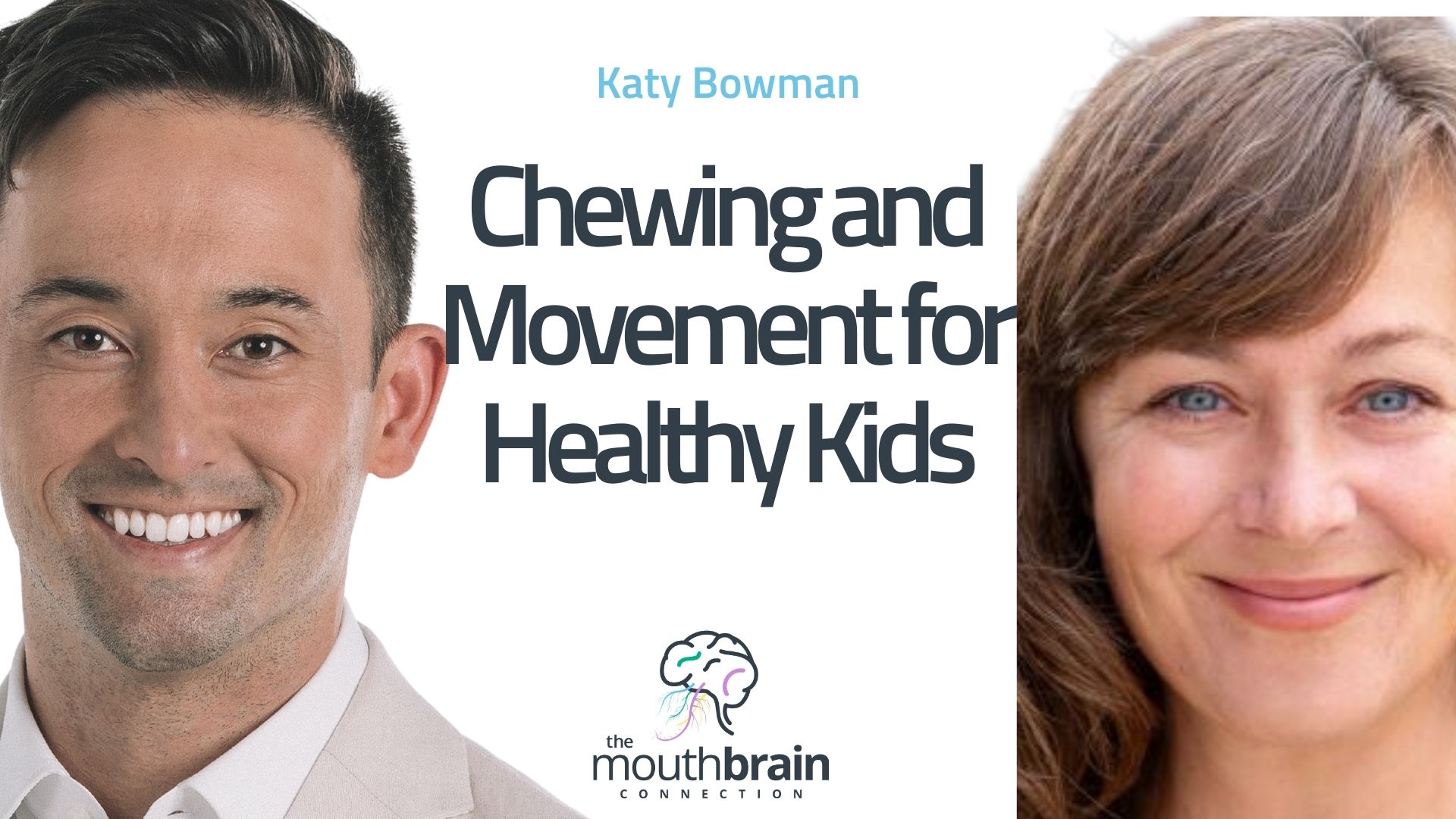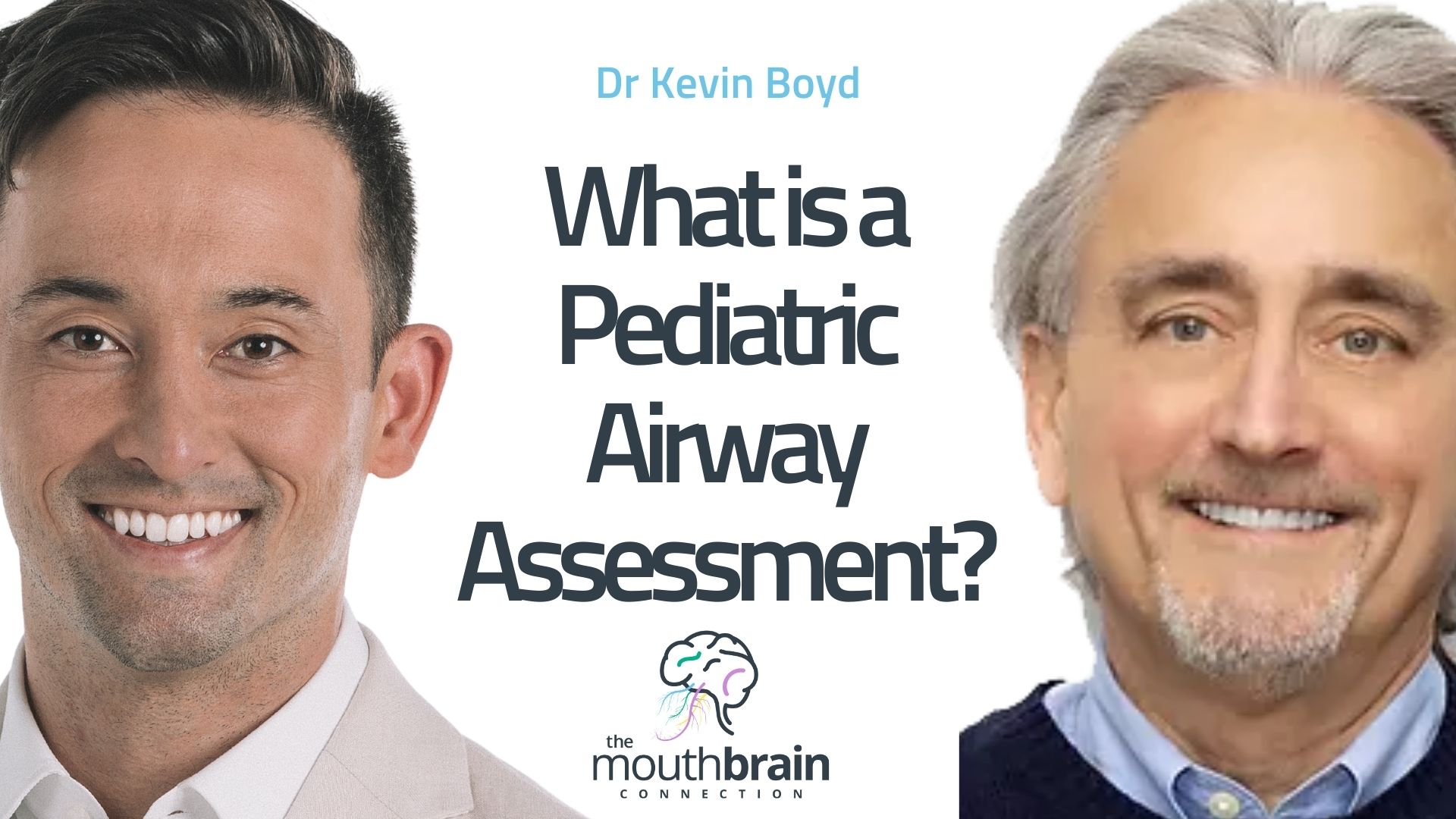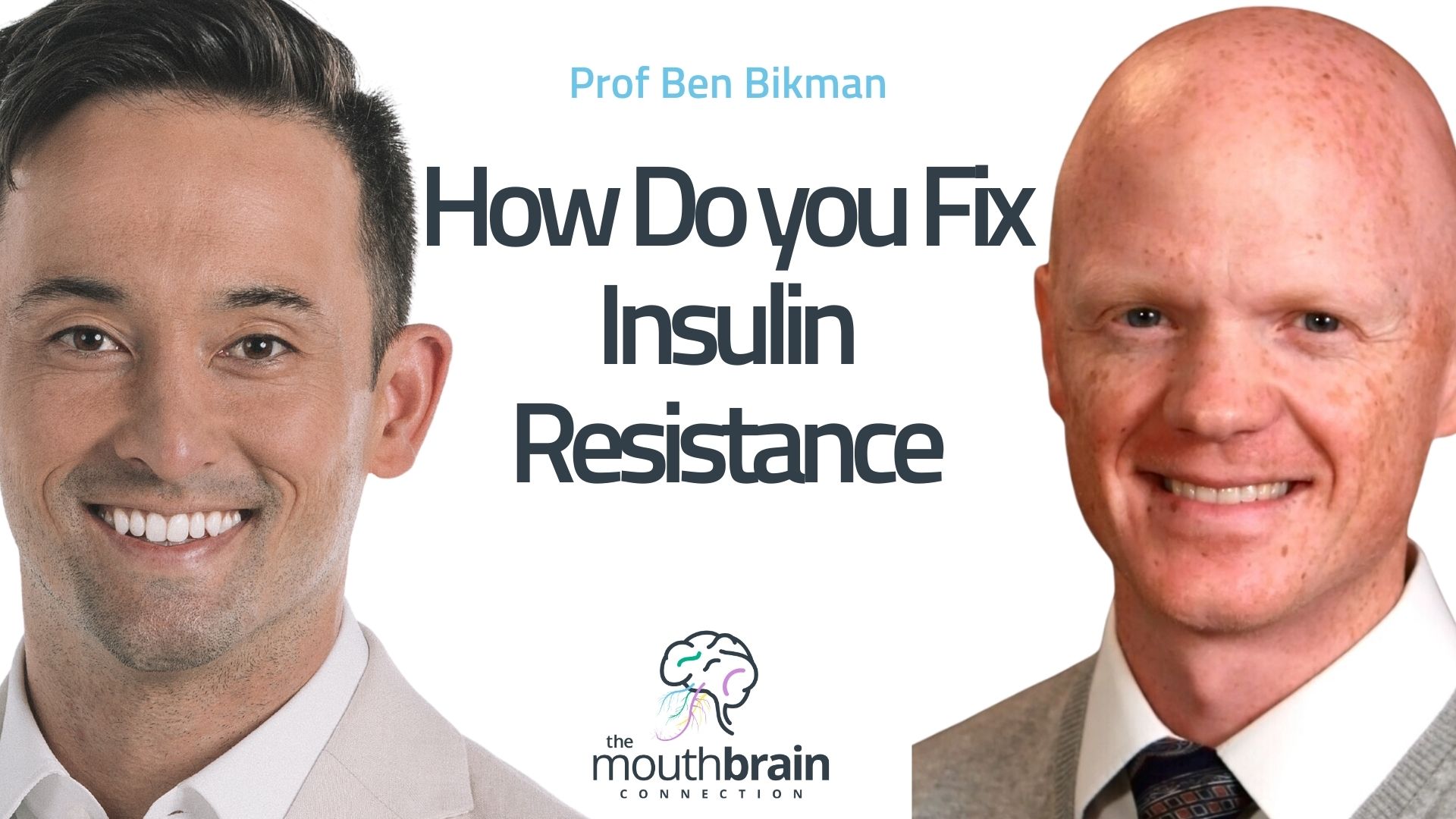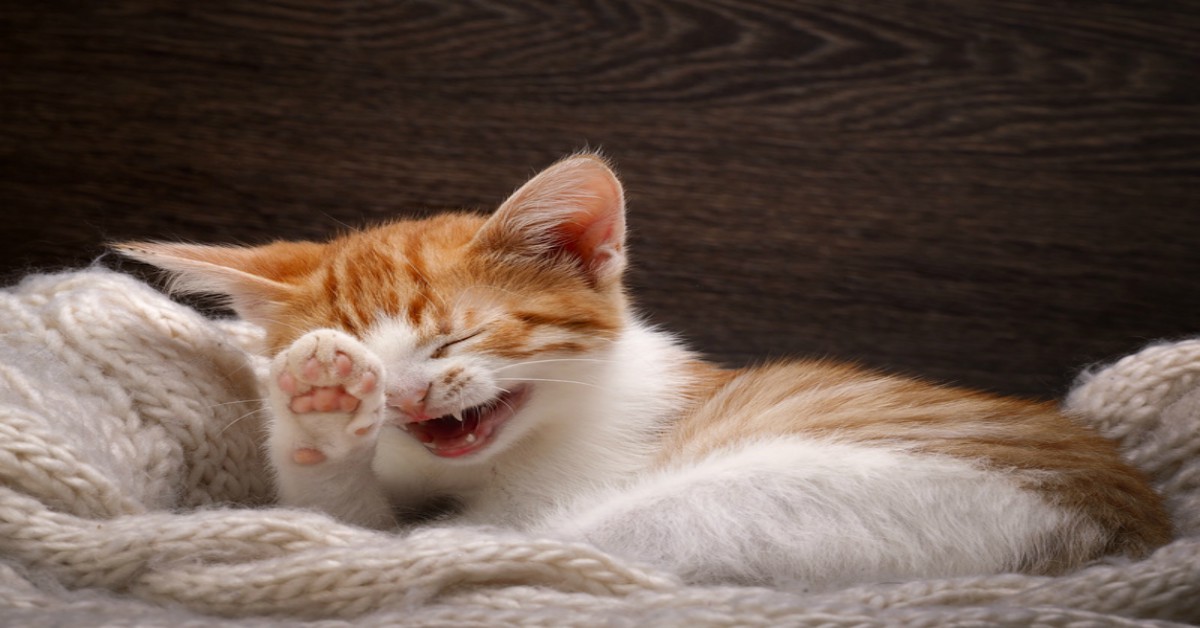
In the 1930s a researcher looked astonished as he followed two different generations of cats. One group had stunning health for nine generations, from their temperament to fine, shiny coats. The other, however, began to act peculiarly, with signs of aggressive and even paranoia like behavior. By the second generation, they’d lost their feline coordination and had ratty, allergic, and pest infested coats. The third generation was so weak and fragile their spindly bones were as thin as paper. One even had multiple fractures in its limbs.
Francis M Pottenger Jr, a physician from Monrovia, California, spent ten years studying the impact of diet on cat’s health and physiology. It all began while he and his father were researching adrenal gland medications on cats. As the number of animals for the study increased, Pottenger had to find enough food scraps from local shops to feed them. The foraging meant that cats received a mix of cooked and raw meat. Pottenger noticed changes in the group that ate the cooked food. He suspected that diet influenced the health outcomes of the cats in the study and he embarked to test his theory further.
To research the effect of diet alone, he would feed different cats certain foods. The control group would eat a diet of raw meat, or raw dairy of which he suspected was better for the cat’s health. The test groups were fed cooked meat and processed dairy such as pasteurized and condensed milk. Pottenger’s observations were astoundingly clear, if not brutal. With diet as the only variable, it would take only four generations for the cat’s health on the cooked meat or processed dairy to become sick and ultimately die out.
When I first came across Pottenger’s work, I was intrigued. Most who read Pottenger’s Cats find it alarming how the fourth generation of cats became extinct. That certainly shocked me. But as a dentist, my focus then went to the cat’s teeth. Just one generation on the processed diet turned perfectly straight teeth and pink gums, to crooked, deformed mouths, bent sinuses, and red, inflamed gums.
With each generation of cooked and processed food, the cat’s teeth got worse. Their dental arches became more and more deformed, and their skulls became thin. In just three generations their bones density fell to 3% of the calcium of the healthy cats. The processed food had progressively stripped their ability to build straight teeth and healthy bones. The cats who ate the natural diet had perfect dental arches and bones for nine generations.
As I read Pottenger’s Cats, my mind went to my dental practice. I was reminded of the orthodontia epidemic we currently live in. Children today, don’t grow jaws to fit thirty-two human teeth. Orthodontic braces are placed on four million US children, a number that has doubled since the 80s. Like Pottenger’s Cat’s, their teeth are deformed, decayed, and cramped. But our bones are also just as weak. Today, 44 million people in the US suffer from osteoporosis. We give orthodontic braces to our children and hip replacements to the elderly.
Our teeth are remarkably similar to Pottenger’s cats. Dental diseases appear in one generation of eating the modern industrial diet. The lack of space in our jaws to fit a full dentition had only occurred since the agricultural revolution when we began to change our food supply. Before that, our ancestor’s teeth almost always grew perfectly. Braces and wisdom teeth extractions are signs of the jaw bones not growing correctly, yet the dietary cause is seldom discussed.
In the late 80s with the low-fat dietary guidelines came a global spike in refined sugar, flour, and vegetable oils. Sugar consumption would boom over the next decades to 100 pounds per person per year. That’s roughly one to two generations ago. Beyond our teeth, we are progressively becoming sicker. The diabesity epidemic affects 1.7 billion people globally and could be the biggest in human history. Both type-II diabetes and obesity have skyrocketed since the 80s, or again, one to two generations.
Diabetes has a terrible impact on our gums and teeth. Research shows that type-II diabetics are at higher risk of serious gum disease, tooth loss, and cavities. But its relentless spread is continuing. We are becoming diabetic and obese at younger ages, even before puberty. But alongside the rise of pediatric diabetes has been allergies, digestive, auto-immune, and behavioral disorders. Today the next epidemic at our door is sleep apnea. 22 million Americans suffer from obstructive sleep apnea, including children, a condition where our cramped jaws, choke our brain of oxygen during sleep. The problem has been, that when jaws don’t grow correctly for straight teeth, neither do airways.
Studies into the epigenetics of diet are revealing that these health epidemics could have warning signs. The Dutch Hunger Winter and Chinese Famine studies both show starvation periods in kids can increase their risk of type II diabetes. Epigenetic influences during a famine change the gene expression of a child and increase their risk of obesity and diabetes. These are inherited and passed on, just like Pottenger’s Cats. In other words, what you eat today, could influence the health of your children.
Today my dental practice has a focus on food. Nutrition that nourishes jaw growth, the human microbiome and epigenetics are critical baselines for patients to shape their overall health. Crooked teeth is a diet driven health problem where the craniofacial system doesn’t develop properly.
The legacy of Pottenger’s Cats lives on. We may consider it cruel to feed a cat a diet of processed food, yet we continue to feed ourselves that very thing. Dietary guidelines need to be based on dental health as a primary marker for the entire body.
Food has had an undeniable influence on our teeth and body.
Dr. Steven Lin is a dentist, TEDx speaker and author of the book The Dental Diet. An exploration of how food changes your teeth and the 40-day meal plan to shape life-long health.
Want to know more? Dr Steven Lin’s book, The Dental Diet, is available to order today. An exploration of ancestral medicine, the human microbiome and epigenetics it’s a complete guide to the mouth-body connection. Take the journey and the 40-day delicious food program for life-changing oral and whole health.
Click below to order your copy now:
US AMAZON
US Barnes & Noble
UK AMAZON
Australia BOOKTOPIA
Canada INDIGO
For more information on Dr. Lin’s clinical protocol that highlights the steps parents can take to prevent dental problems in their children: Click here.
References:
https://www.amazon.com/Pottengers-Cats-Francis-Marion-Pottenger/dp/0916764060
https://clindiabetesendo.biomedcentral.com/articles/10.1186/s40842-016-0039-3
https://www.iofbonehealth.org/facts-statistics
http://care.diabetesjournals.org/content/34/6/1249
https://www.ncbi.nlm.nih.gov/pmc/articles/PMC3228943/
https://www.ncbi.nlm.nih.gov/pmc/articles/PMC2645248/
